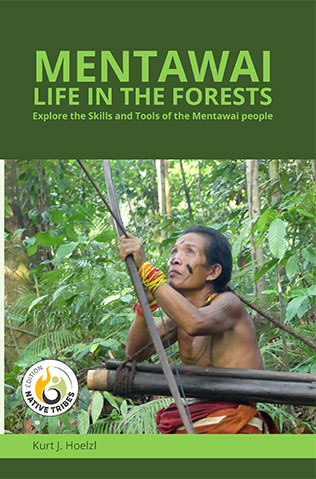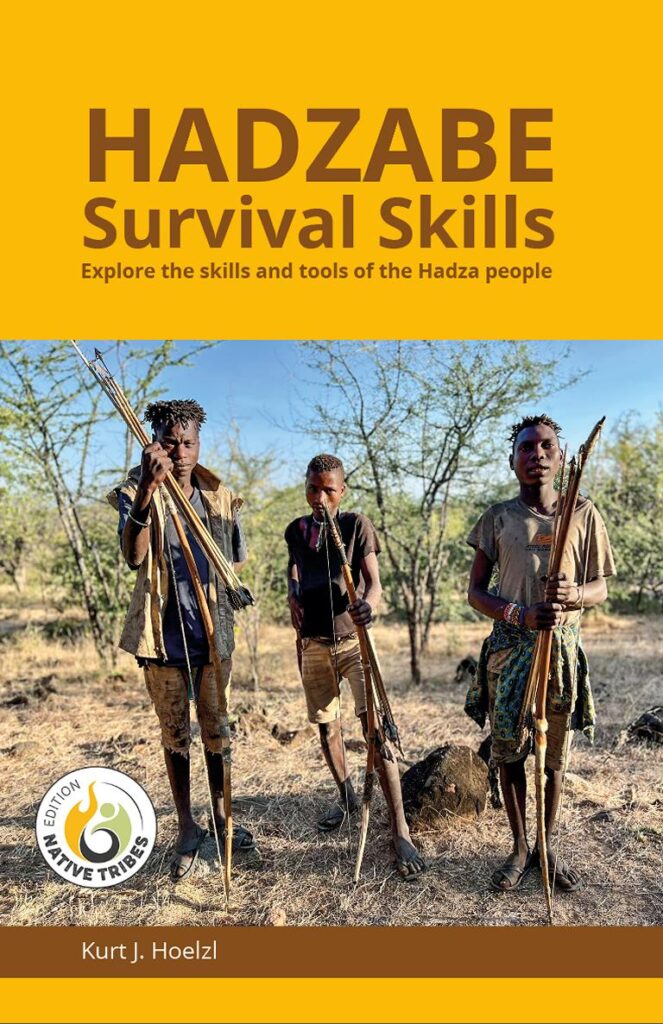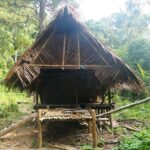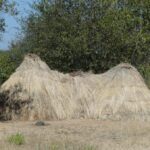Traditionally, the beach huts of Zanzibar are often simple thatched structures made from coconut palm leaves, mangrove poles, and coral stone. Initially, they served as a storage place and shelter for fishermen, who needed them to repair nets, store fishing gear, process the catch, and even rest during the day’s heat. The huts also functioned almost like informal community hubs, where news was shared, boats were mended, and younger fishermen learned from their elders. These huts are dotted along the beaches in the fishing villages along Zanzibar’s coasts.
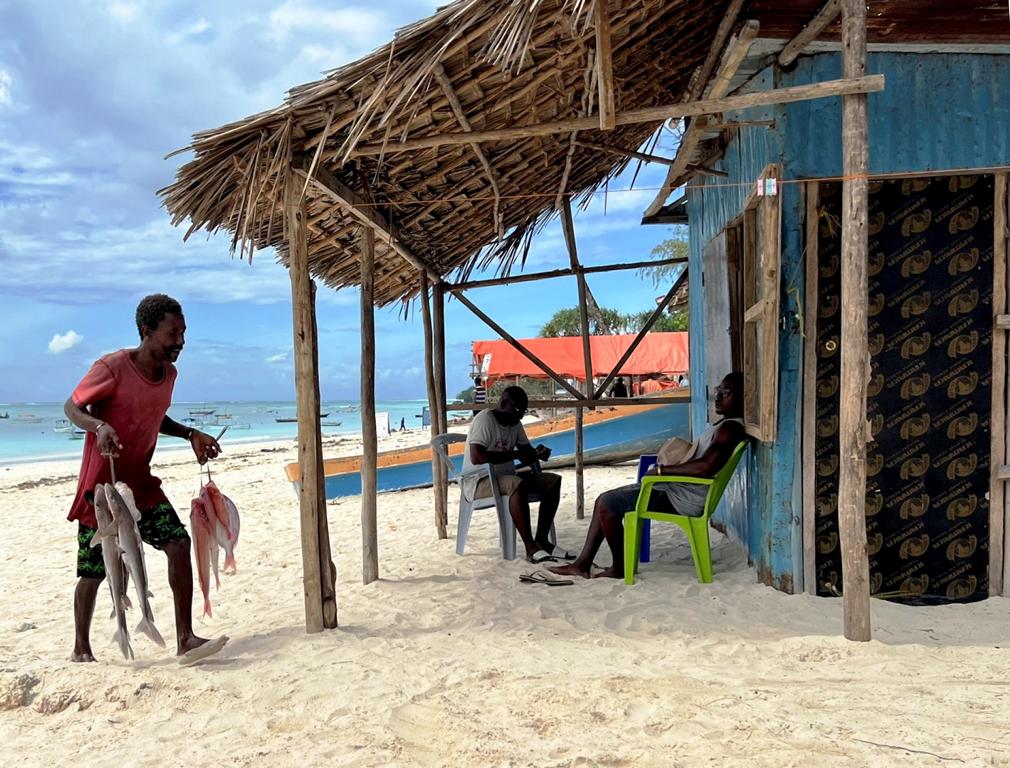
However, things have been shifting over the past few decades. Tourism has exploded, leading to the repurposing of many traditional huts into tourist facilities.
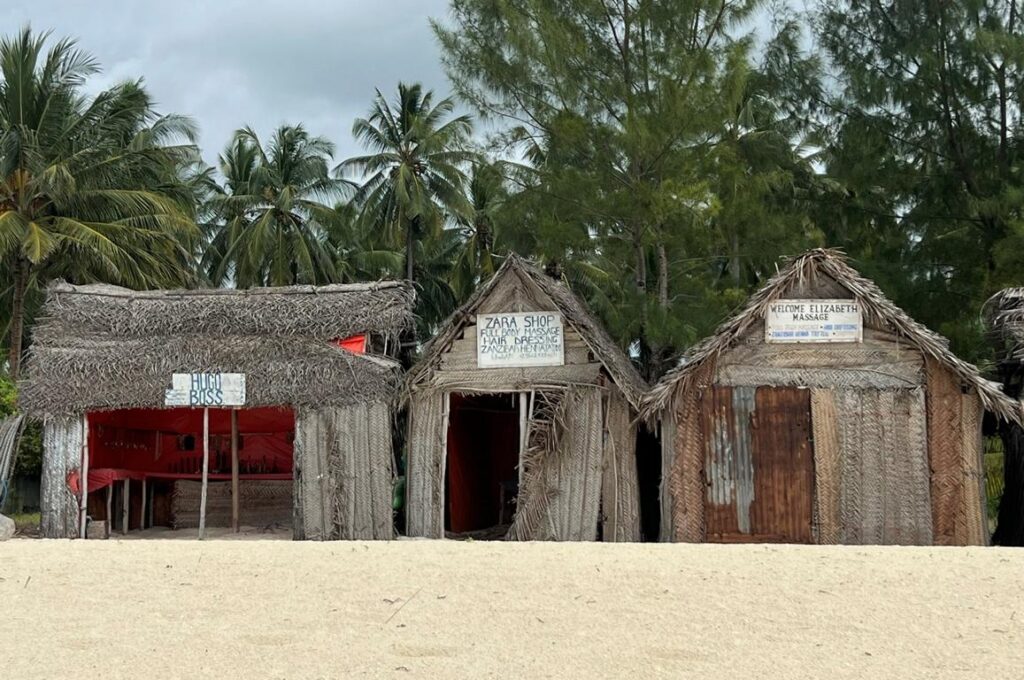
Conservation efforts (such as marine protected areas) have influenced how and where fishing communities operate. Despite these changes, beach huts are still used the same traditional way in less developed coastal areas, especially in villages farther from the main tourist centers.
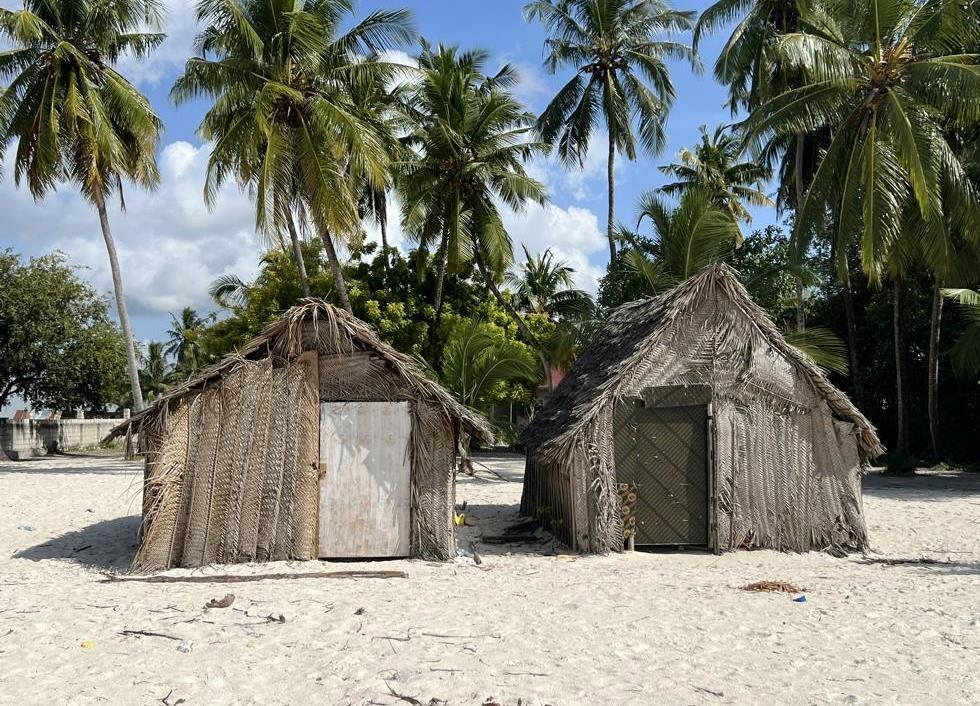
Design elements and materials used for beach huts
Authentically, these beach huts are one-room with one entrance door and no windows. There is no hard floor, and the only modern element in most of these huts is the doors made from wooden planks or composite material, like high-pressure laminate (HPL). All other materials used are hardwood poles and coconut leaves.
Pole frame
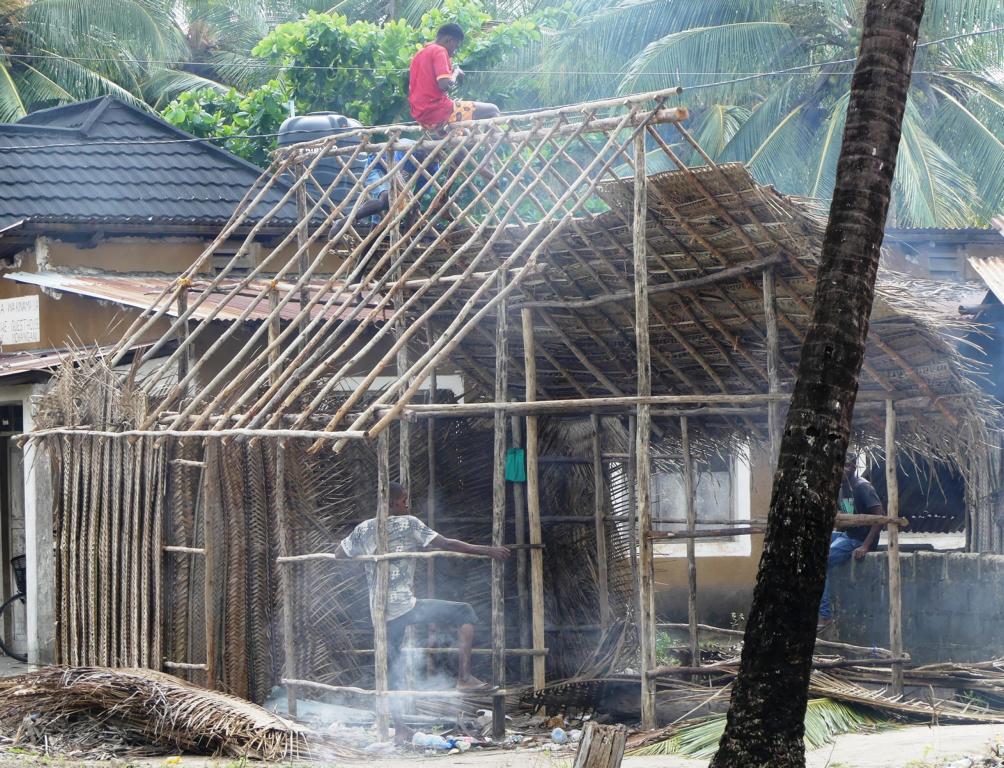
The size and design of the pole frame depend on the beach hut’s intended purpose. It can range from a proper house for a whole family to a beach shack. Anyway, for the structural design, a termite-resistant and straight-growing hardwood has to be utilized, which will most often be various species of mangroves.
Sidewalls
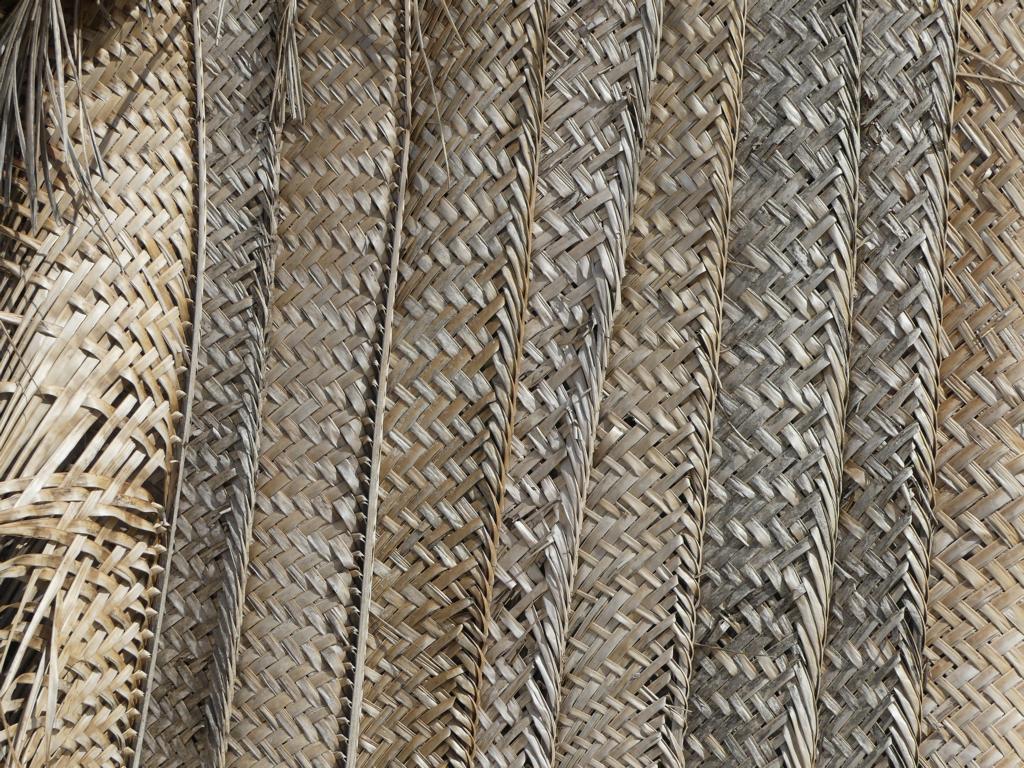
The sidewalls of such a beach hut are covered with vertically overlapping panels of woven coconut leaves. The attached pictures show both the overlapping panels and the single whole panel.
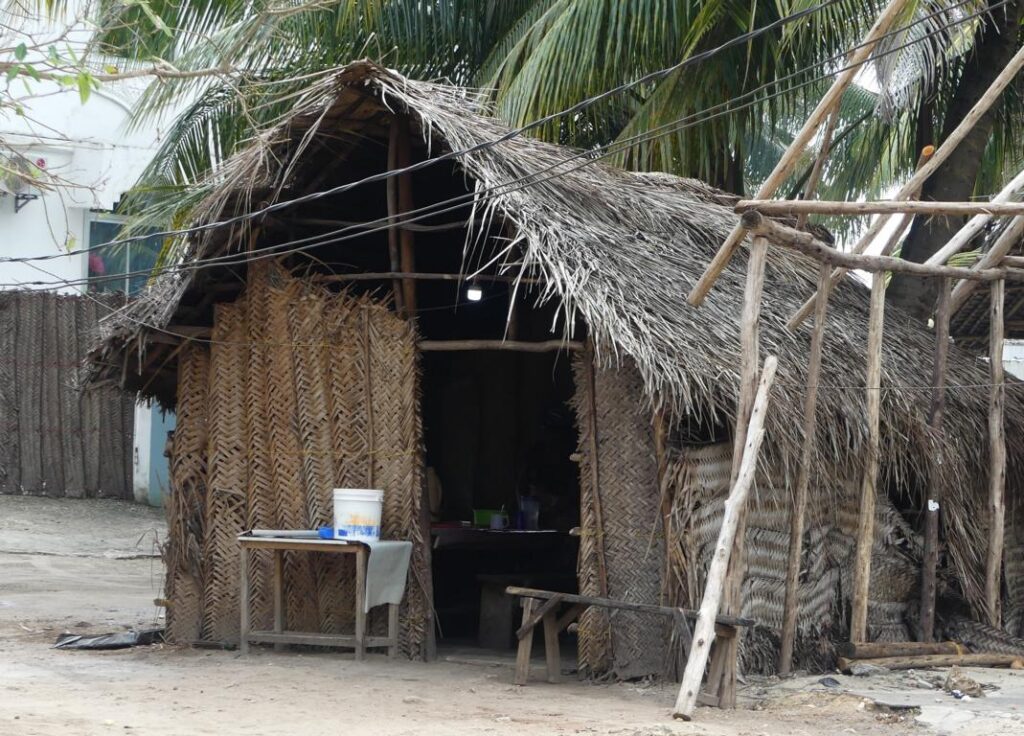
How tightly the leaflets of the pinnate coconut leaf are woven depends on its intended purpose. For example, a breezy atmosphere is required if a beach hut is only used for resting during the daytime. In such a case, each leaflet will be kept distant from the neighboring one, so that holes will be formed in between.
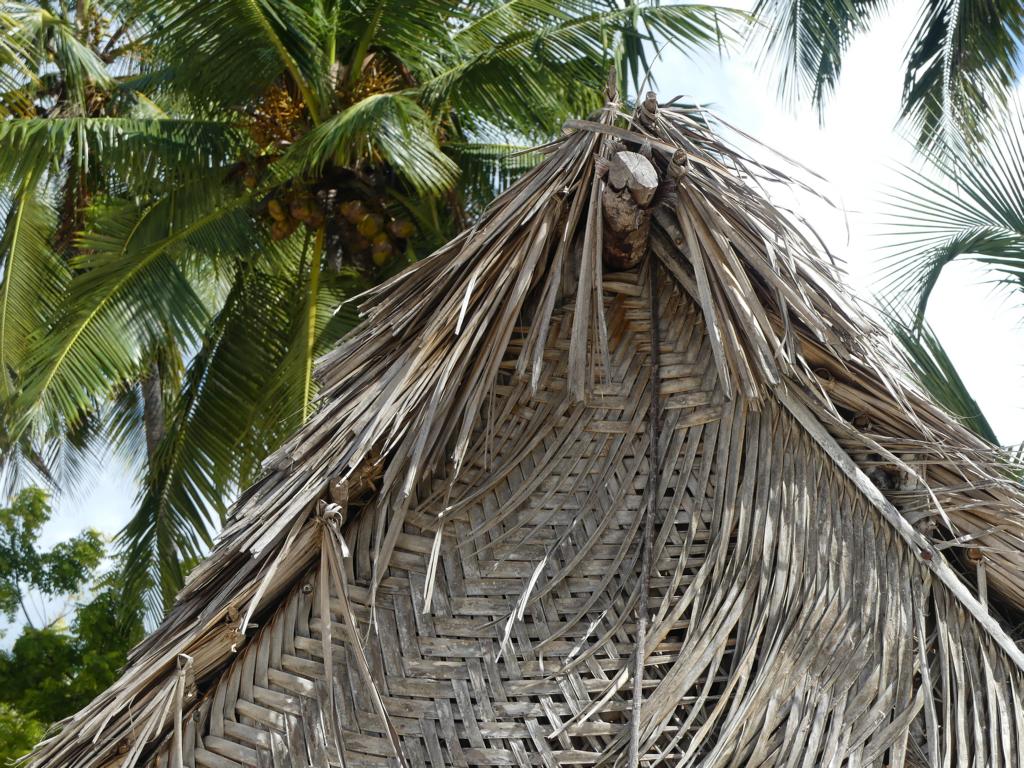
Roof
Roof thatching is the most varied and complicated design element. In its simplest form, coconut leaf panels are stacked over one another onto the roof, as seen in the following picture. Compared to side panels, these roof panels are woven tightly, and long leaf fringes remain. The panels must overlap closely to ensure a waterproof thatch, as rainwater will crisscross the panel along the woven leaves.
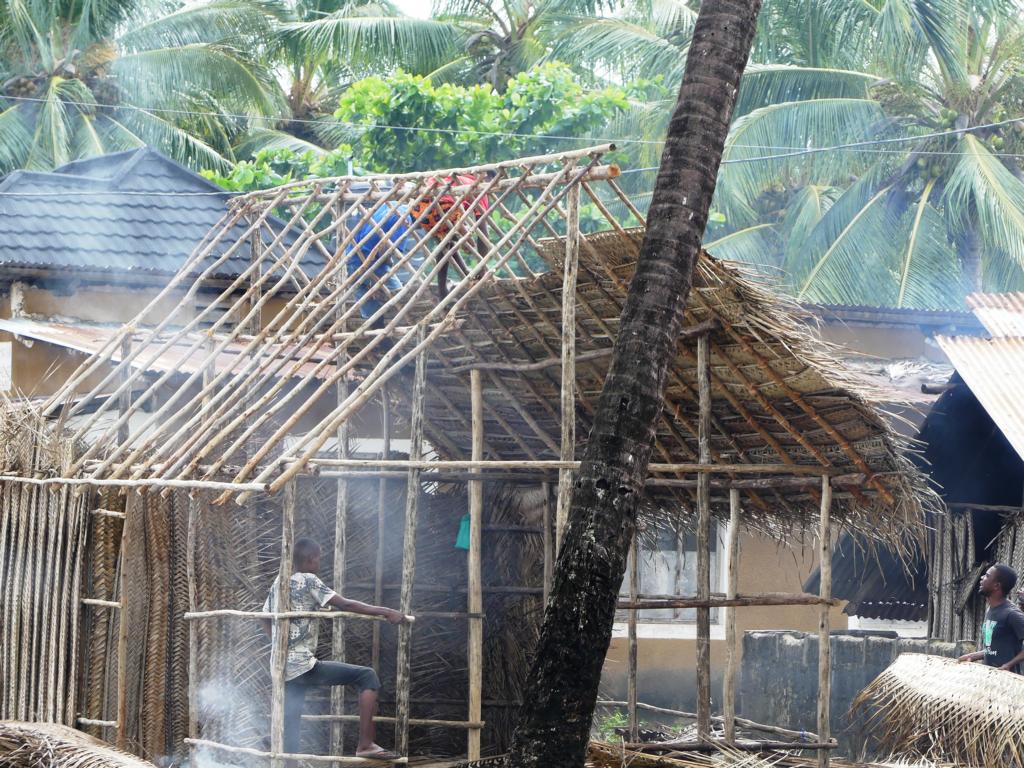
Another variety of roof thatching is Makuti. These panels are made from sun-dried coconut leaflets. The single leaflets are bent over a wooden batten and fixed with bamboo strips or other vines. This thatching material is standard throughout Eastern Africa.
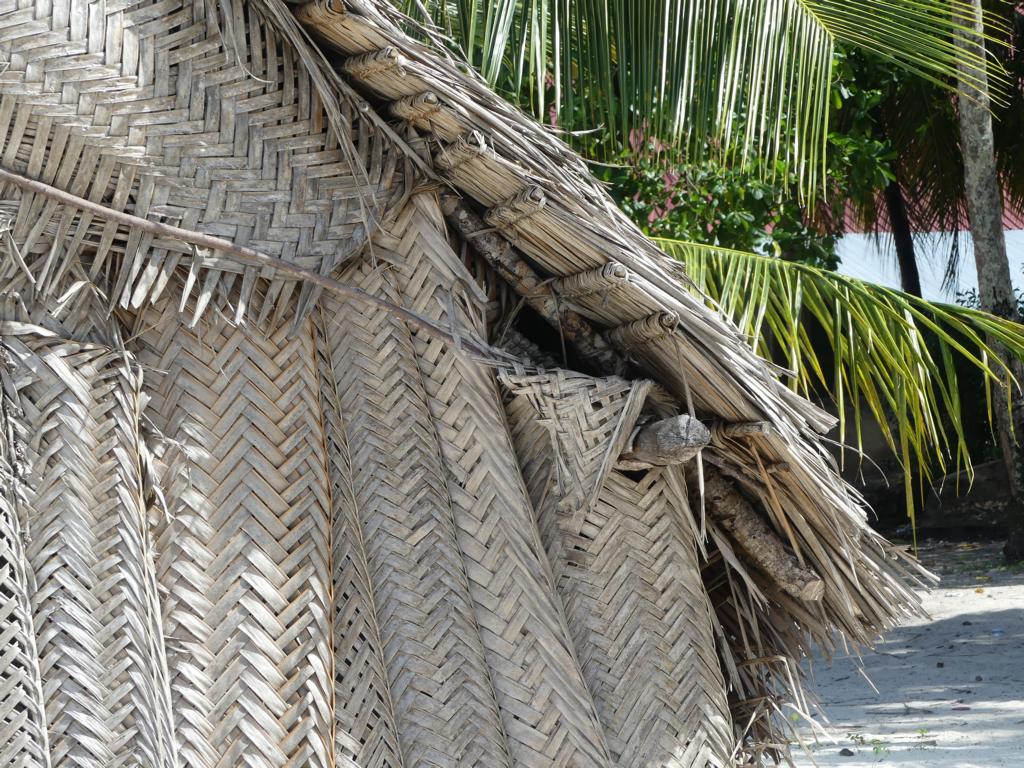
Makuti panels ensure that rainwater runs vertically down the dripping line. Therefore, a thinner thatching roof cover is possible compared to coconut leaf woven panels. The life span of such a Makuti roof is about five years. Thereafter, the whole roof has to be replaced.
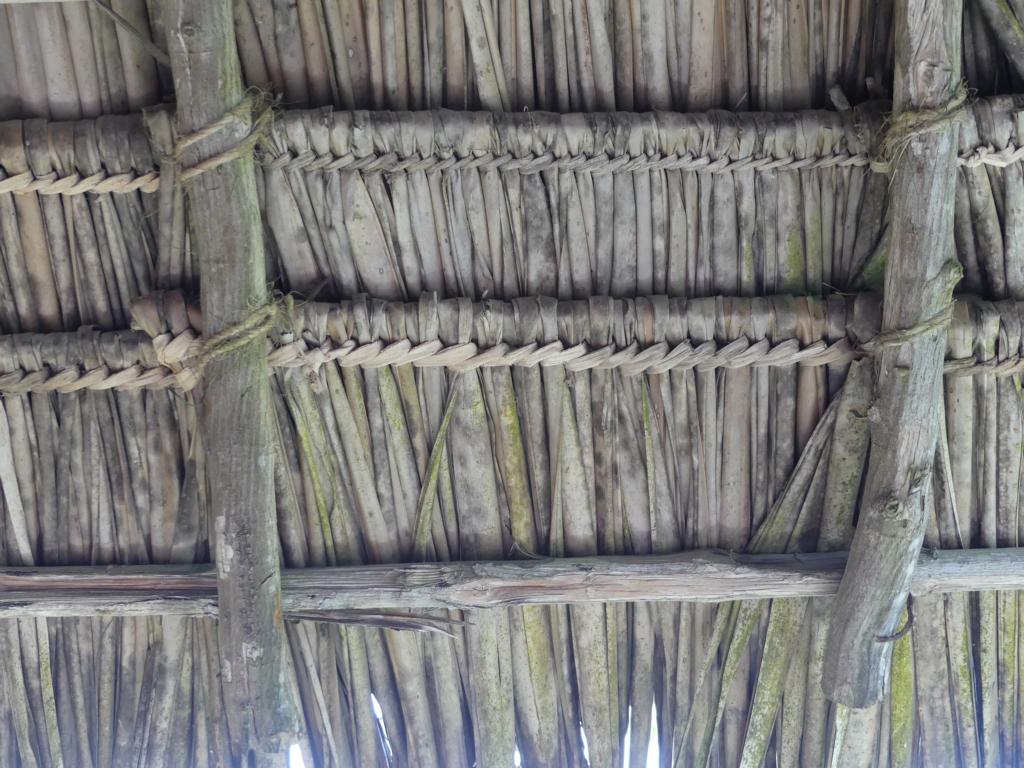
Other thatching materials, like grass or chelewa, are uncommon at beach huts. They are more commonly used for inland huts or permanent structures.
Lessons learned about Beach huts of Zanzibar:
- Beach huts for fishermen are still very common on Zanzibar beaches.
- They are mostly made from hardwood poles and coconut leaves.
- The side walls consist of rows of vertically stacked woven coconut panels.
- Roofs are either from tightly woven coconut panels or Makuti (coconut leaflets on a batten).
Further readings about simple Shelters on this website can be found here:
Traditional Hadza camps and huts
Orang Rimba shelters in the forests of Sumatra
Stone huts at Mount Etna in Sicily
How Mentawai people assemble roof thatching panels
Termite soil as a building material
Leaf huts as temporary shelters for shade
Beer can hut near Spitzkoppe in Namibia.
First shelter of Henno Martin at Kuiseb Canyon
Ant beds for building materials in Australia
.

